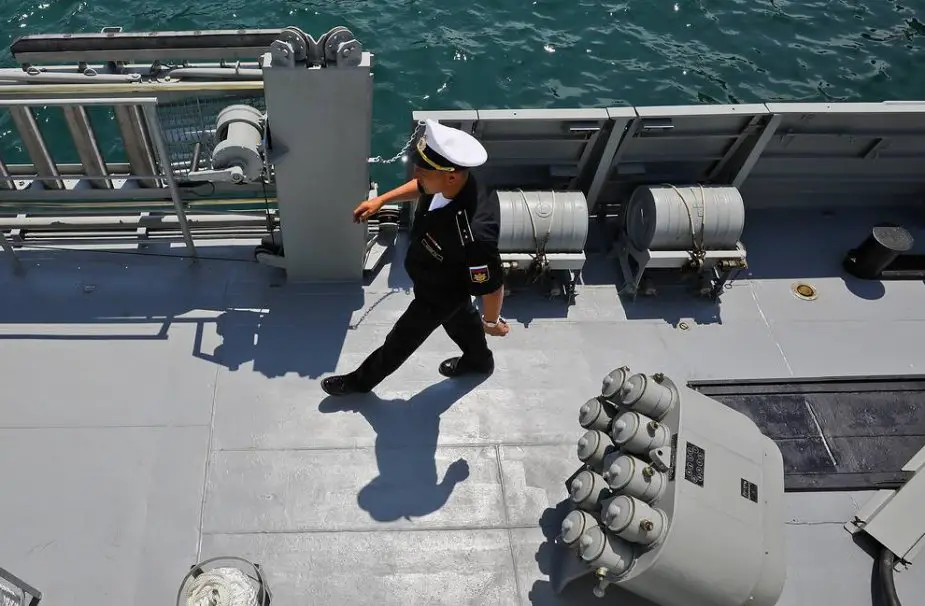The innovative ceramic and fabric armour will replace the steel in protecting Russian warships. The first Leader-class destroyer of project 23560 is likely to have it, the Zvezda weekly writes.
 Leader-class destroyer (Picture source: TASS)
Leader-class destroyer (Picture source: TASS)
The prospective Russian destroyer is to be laid in 2023. In 2017, the Defense Ministry approved the rough design and Severnoe Bureau began to create the destroyer.
Project 23560 has characteristics of a heavy nuclear missile cruiser and will be the backbone of groups of surface warships which have to ensure the deployment of the armed forces at various theatres of warfare. The destroyer will be nuclear-powered and have additional protection made of fabric-ceramic armour that will considerably decrease its displacement.
Designers have been using metal as protection for long. Steel was considered an impenetrable obstacle for shells and missiles. An alternative emerged in the second half of the XX century. It is a fabric of aramid fibre and Kevlar. The fabric came to the shipbuilding industry in the early 1990s, but its use was scarce because of the high cost.
The production of synthetic fibre in Russia is much cheaper due to the low cost of standard hour. However, nobody in Russia has built ships of the material.
The shipbuilders have come close to replacing steel with plastic and aramid. A bullet hits the aramid fabric and loses energy. A Kevlar plate can stop an armour-piercing munition fired from the Dragunov sniper rifle. The composite armour is also used in tanks and other tracked and wheeled combat vehicles.
In the past decade, Russia resumed research of ceramic protection and launched several shipbuilding projects. Trials showed that ceramic surface coated with silicon carbide and aluminium oxide increases strength several times. An armoured plate will not be pierced by 14.5mm cartridge even if it hits one and the same point several times from a close distance.
The combination of protective qualities of two artificial materials, a synthesis of Kevlar and ceramic, can offer the protection basis for the prospective destroyer. Valery Shaposhnikov, the head of the reliability and durability office of the Krylov Research Center, which designs the innovative material, said the decreased hardware weight is a vital requirement of the modern navy as it increases the survivability of a warship. The technical solutions show that Russia is actively engaging innovative technologies in shipbuilding, the Zvezda said.
© Copyright 2019 TASS. All rights reserved. This material may not be published, broadcast, rewritten or redistributed.



